While it is true in many walks of life, “the greatest form of flattery is imitation,” in the world of electrical product safety certification these imitations are anything but flattering. In fact, they can cause significant harm to individuals and property — in extreme cases, even death. If it is your job to ensure that products and installations in your jurisdiction are properly certified and meet code, how will you know which are real and which are counterfeit?
OSHA relies on certification bodies such as Intertek (ETL), Underwriters Laboratories (UL), Canadian Standards Association (CSA) and others to list electrical equipment once it has met the applicable requirements of testing and certification. When products are tested in the laboratory or in the field and have proven to comply with the appropriate safety standards, a certification mark is issued to the manufacturer, and it may be applied to the product as proof of compliance. Each certification body relies on the integrity of its “mark” to be a symbol of product safety in the marketplace.
For most electrical equipment, from cabling to control panels, photovoltaic modules to HVAC equipment, certification is required to meet the National Electric Code. Responsible manufacturers go to great effort (and expense) to ensure quality and safety and put their products through testing and certification. However, there are some manufacturers who are more interested in evading the additional time and expense, and they place counterfeit marks on their products hoping they will not be caught.
The first key to recognizing counterfeit or “fake” marks is to know the real ones. Most electrical inspectors, fire marshals, and other authorities having jurisdiction (AHJs) are familiar with the most common certifications such as UL, ETL and CSA, and with good reason. UL was founded in 1894 by William Henry Merrill in Chicago; while ETL’s origins date back to 1896 when founded by Thomas Edison in New York City. CSA was founded a couple decades later, in 1919, in Canada. All three organizations have played a large role in electrical safety testing and certification, in the U.S. and Canada, for nearly a century.
Today there are actually fifteen organizations recognized by OSHA in accordance with U.S. federal law, 29 CFR 1910.7, to test and certify equipment or products in the U.S. The full list of Nationally Recognized Testing Laboratories (NRTLs) can be found on OSHA’s website https://www.osha.gov/dts/otpca/nrtl, in addition to each laboratory’s scope of testing and certification approval. Samples of their certification marks can also be found on the website.
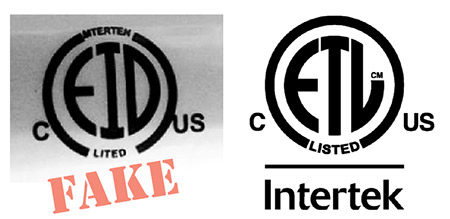
Photo 1. The poor quality of the counterfeit often matches the poor quality of the product.
It is important to note that the marks may have some slight variation to them, such as saying “listed,” “classified,” “recognized component” or “verified” as part of the mark. This is to distinguish slightly different characteristics of the types of testing that were done, the standard the product was tested to, or the type of product that it is. In cabling products, for instance, it is very common to see “Listed” products for safety (fire, electrical hazard), as well as, “Verified” products for transmission performance (attenuation, crosstalk, etc.).
Another key to recognizing a legitimate mark versus a counterfeit is the product’s listing in a public “directory.” Each of the certification bodies is required to list and make readily available their product directories that show the manufacturer’s name, model name or number, the standard to which it is certified, and the certification mark that it has received. To see an example, visit www.intertek.com/ETLdirectory; then search by manufacturer name or standard number (e.g., “UL-508A.”)
These product directories must be kept up-to-date by the certification bodies. There should be no lag time between when you see a product installed in the field and a product listed in a directory.
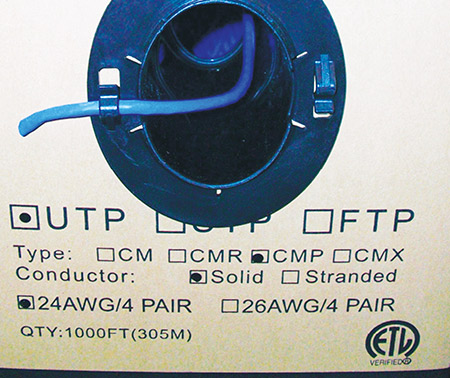
Photo 2. Unshielded twisted pair cable with a counterfeit ETL Verified Mark on the label.
In the event, you do not see a product listed in the certifier’s directory, contact the certifier directly. Perhaps the manufacturer is different from the “brand” name on the product and therefore is not intuitive in a search. Be cautious and do your due diligence on any product that might raise suspicion.
The certification bodies have internal processes to investigate potential counterfeit marks. This process, or the company’s contact information, is typically available on the certifier’s website. They should be notified immediately of any suspicious product encountered in the field so an investigation may take place. Intentional counterfeiting represents a very, very small percentage of products, but it does need to be taken seriously; and it requires swift action because the product may not meet the requirements of the applicable standard or National Electrical Code.
Each certifier may take additional steps to help lessen the chance of counterfeiting: some may use special holographic labels; others do not make high-resolution artwork available online. Attempts to police and restrict access to the marks, making them available only to those permitted to use them, help to reduce instances of counterfeiting in the field but obviously don’t eradicate it completely.
Often, counterfeit labels are easy to spot. The perpetrators may not be interested in taking the time to make high-quality fake labels, just as they are not interested in making high-quality products that meet codes and standards. Sometimes the names of the certifiers are spelled incorrectly on the label — as crazy as it sounds when the names are ETL, UL, or CSA — but it’s true. Other variations might include the certification name spelled out, or clear and evident deviations from the real mark.
Rule of thumb is “when in doubt, check it out.” A simple search on the certification body’s online directory will provide a quick answer in most cases. If the product has a counterfeit mark, the applicable certification body takes corrective action, which may include a notice issued on the certifier’s website
The responsibility to keep these products off the market is shared by many, including government border control and law enforcement, industry associations, legitimate manufacturers, the certification bodies themselves, and, of course, authorities having jurisdiction (AHJs). Without the partnership of each of these elements, counterfeiting has a chance to thrive. When all the groups work together, counterfeiting and the potential harm it can cause can be lessened.

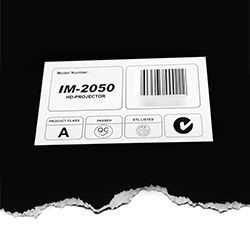






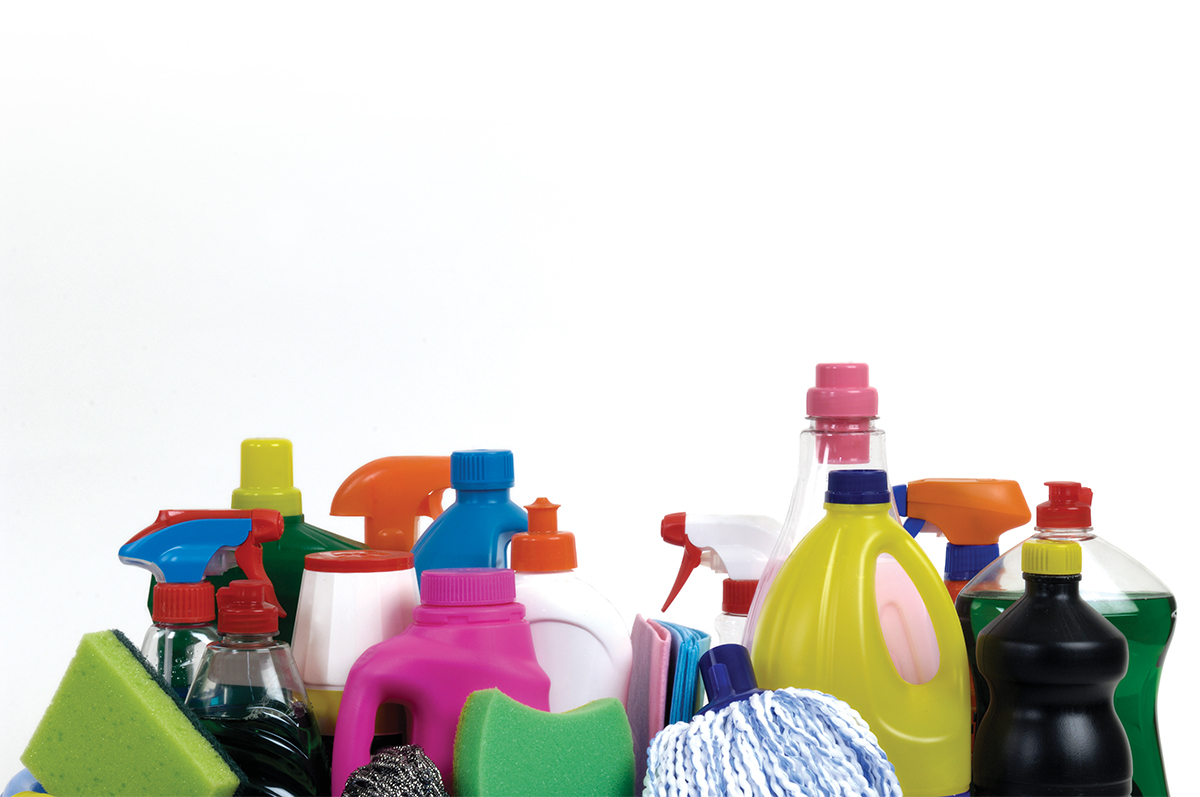
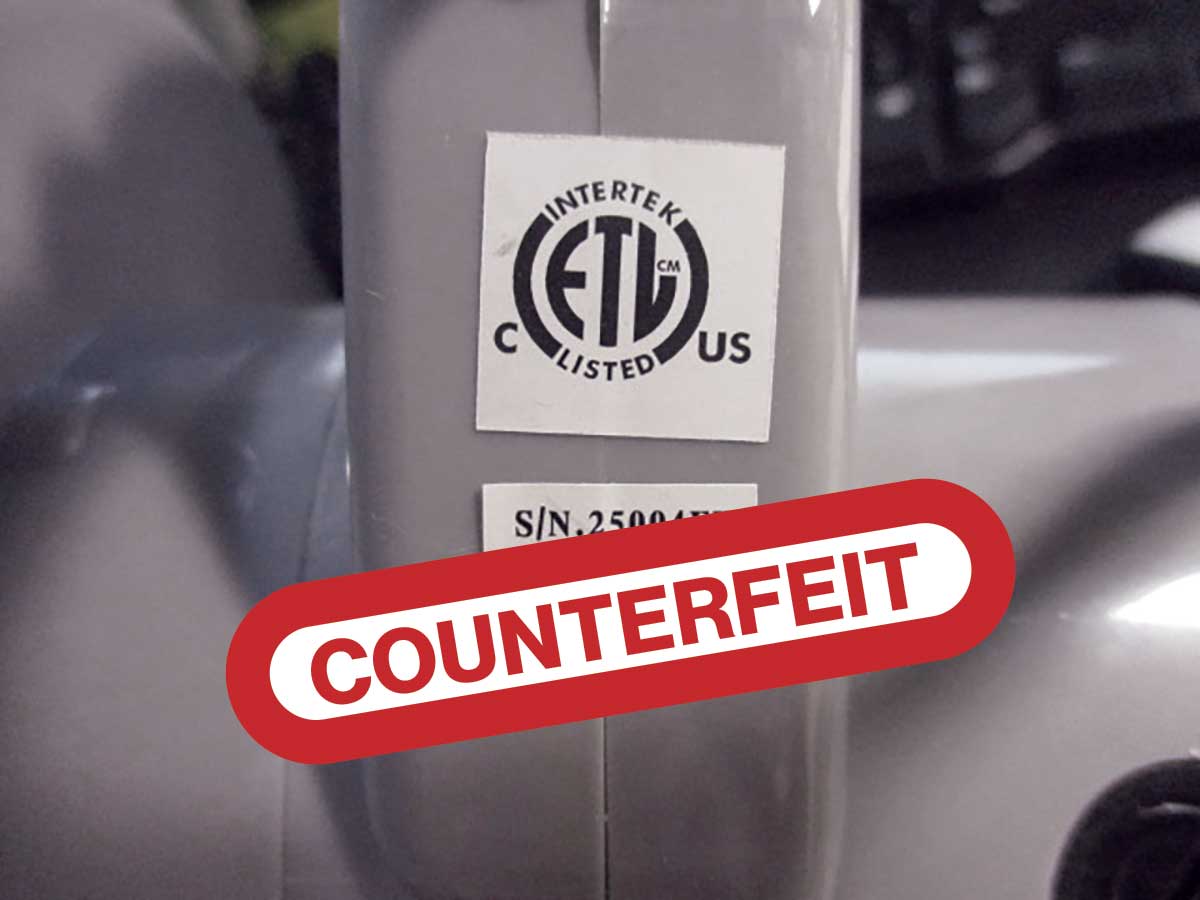
Find Us on Socials